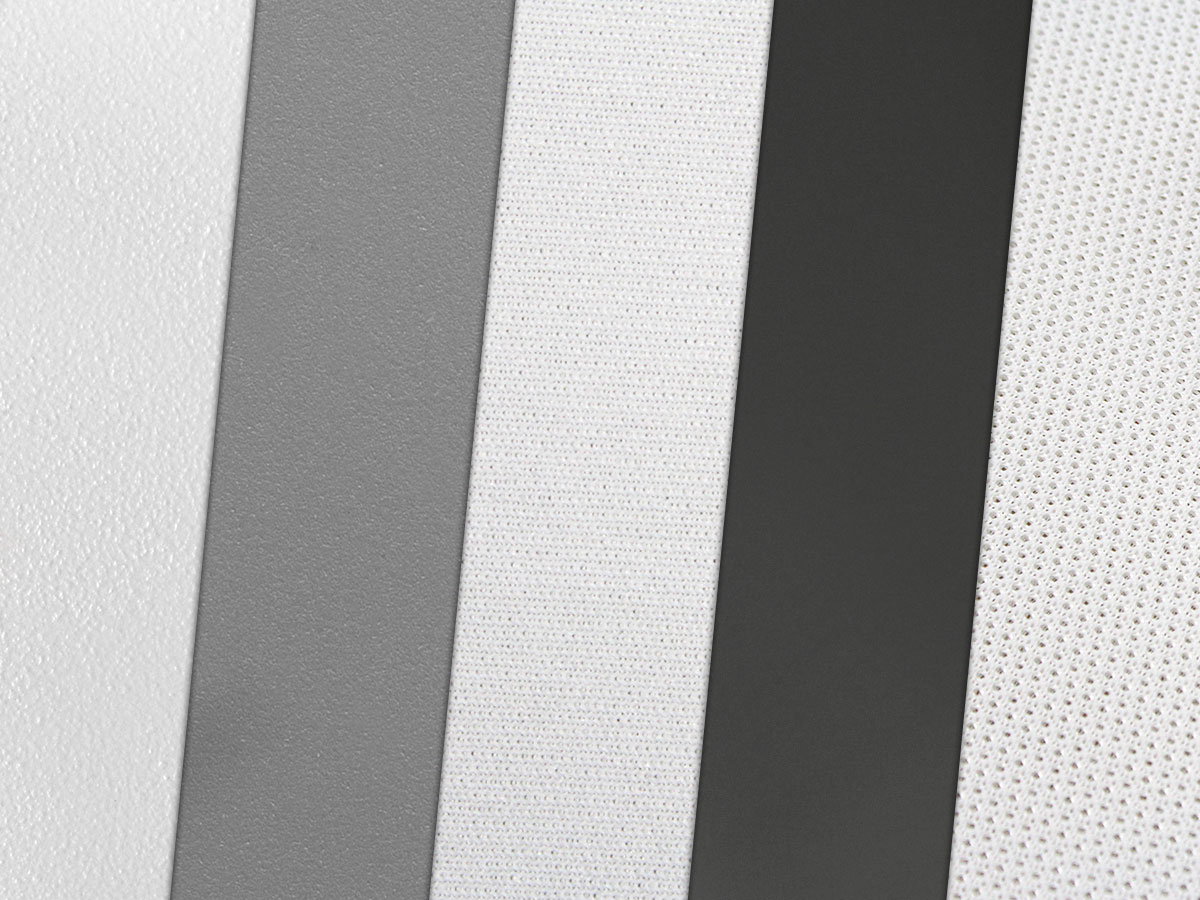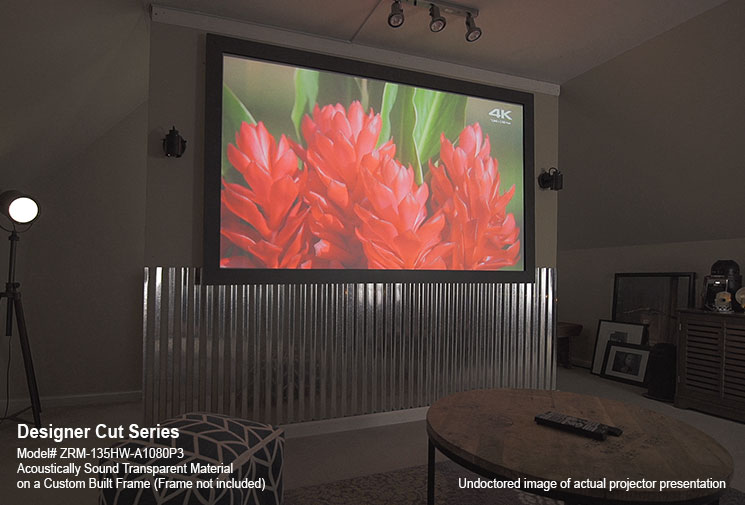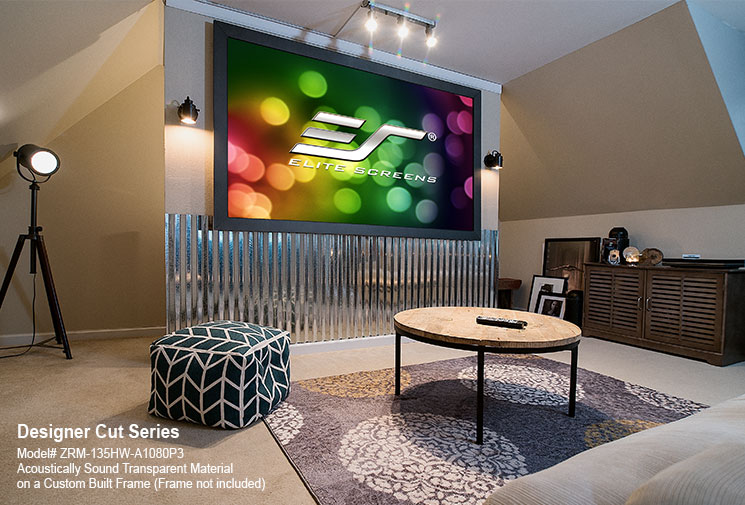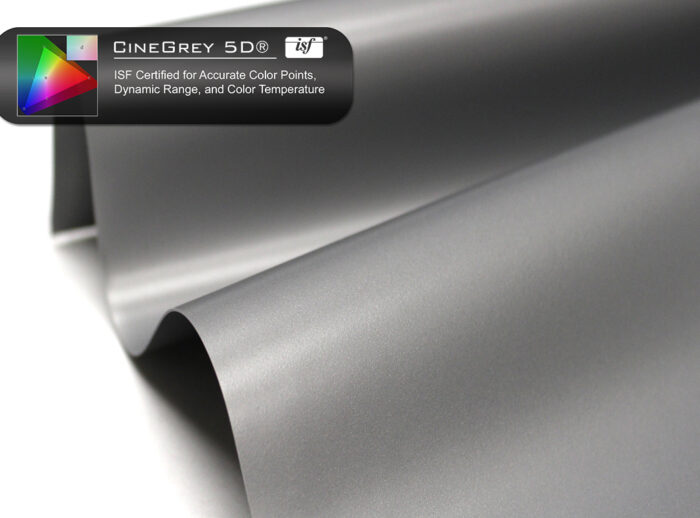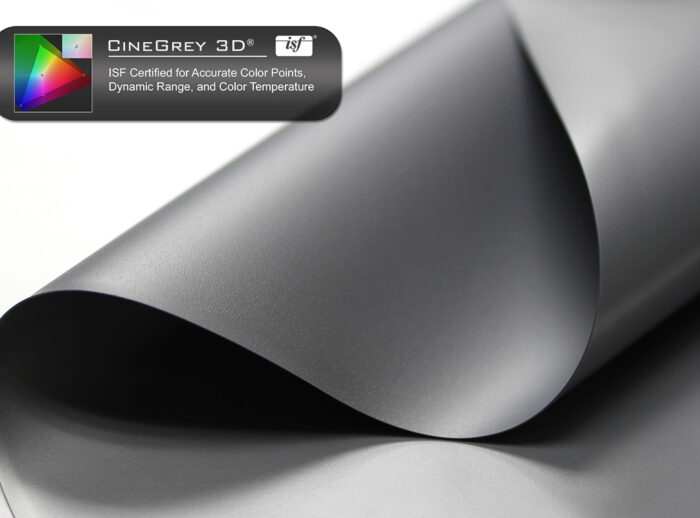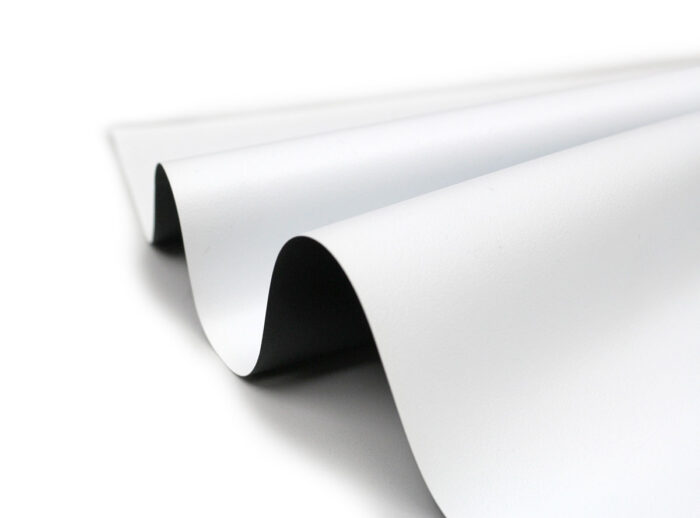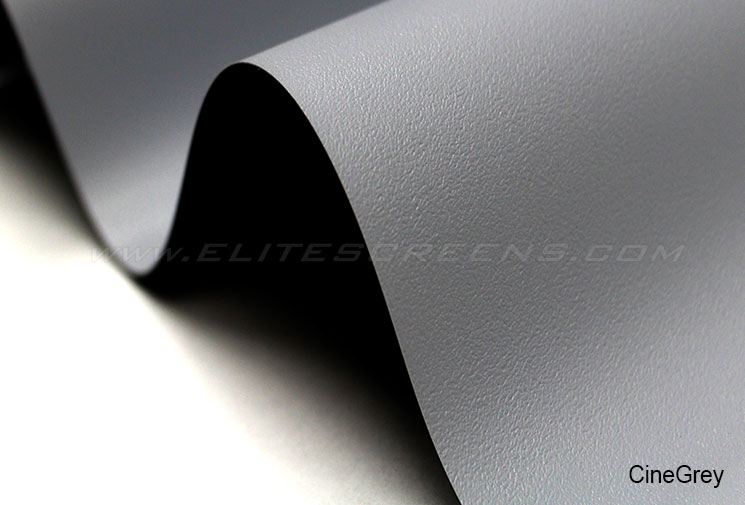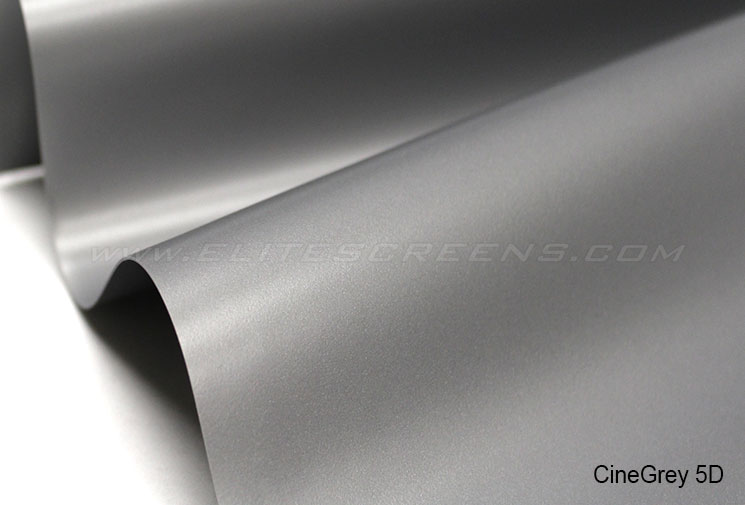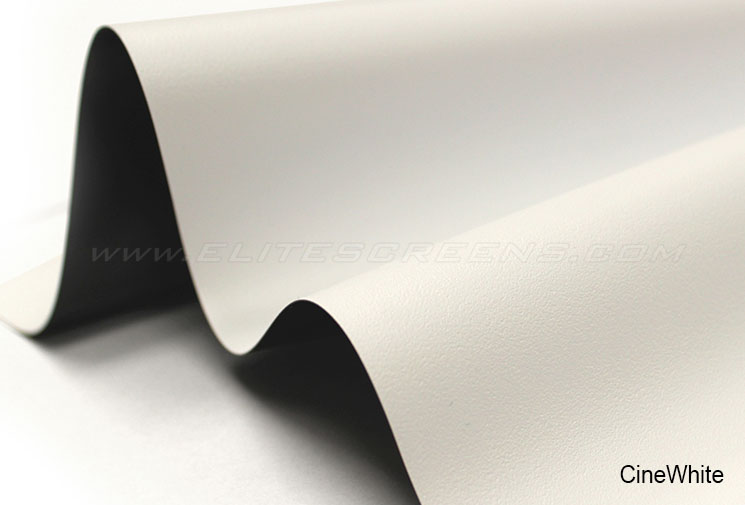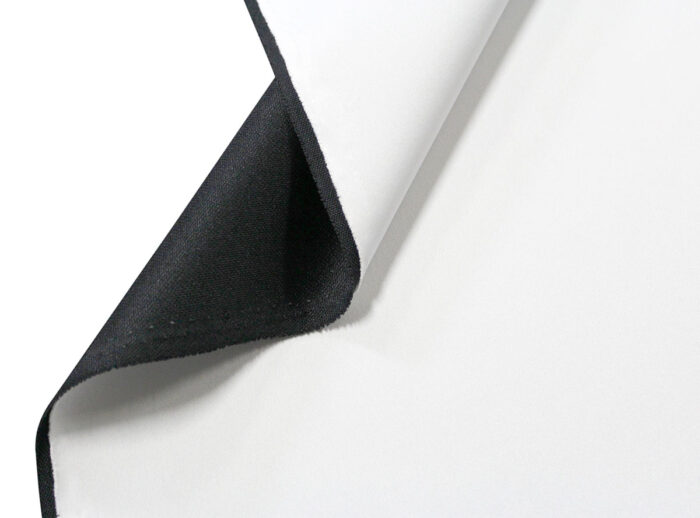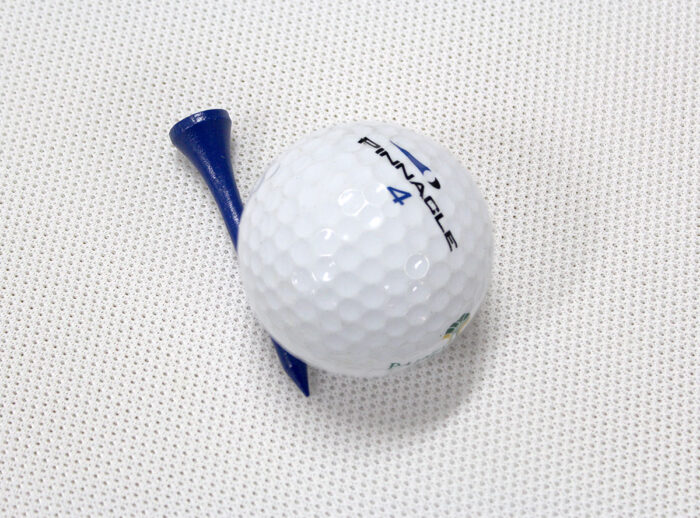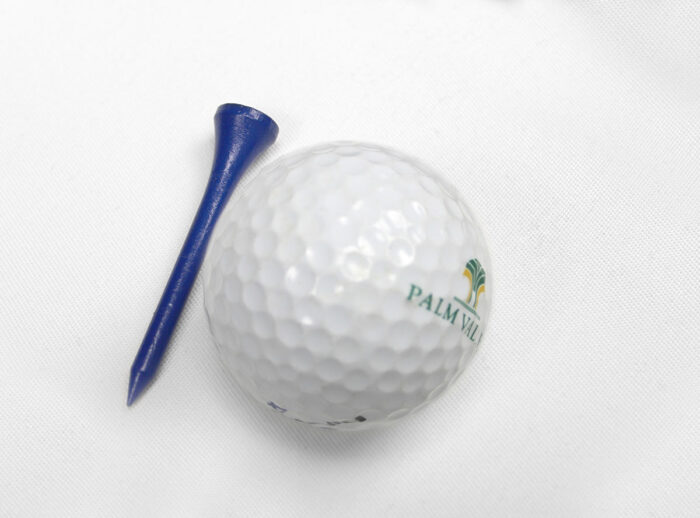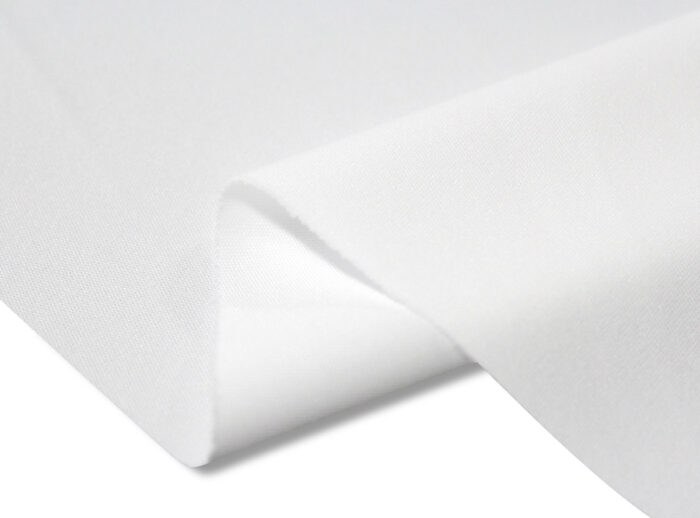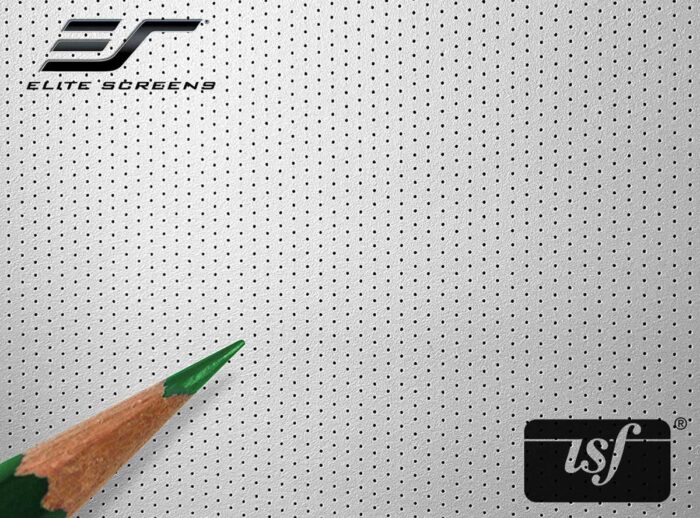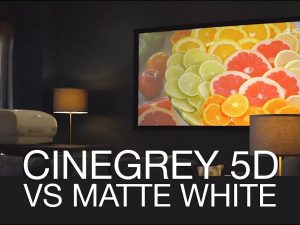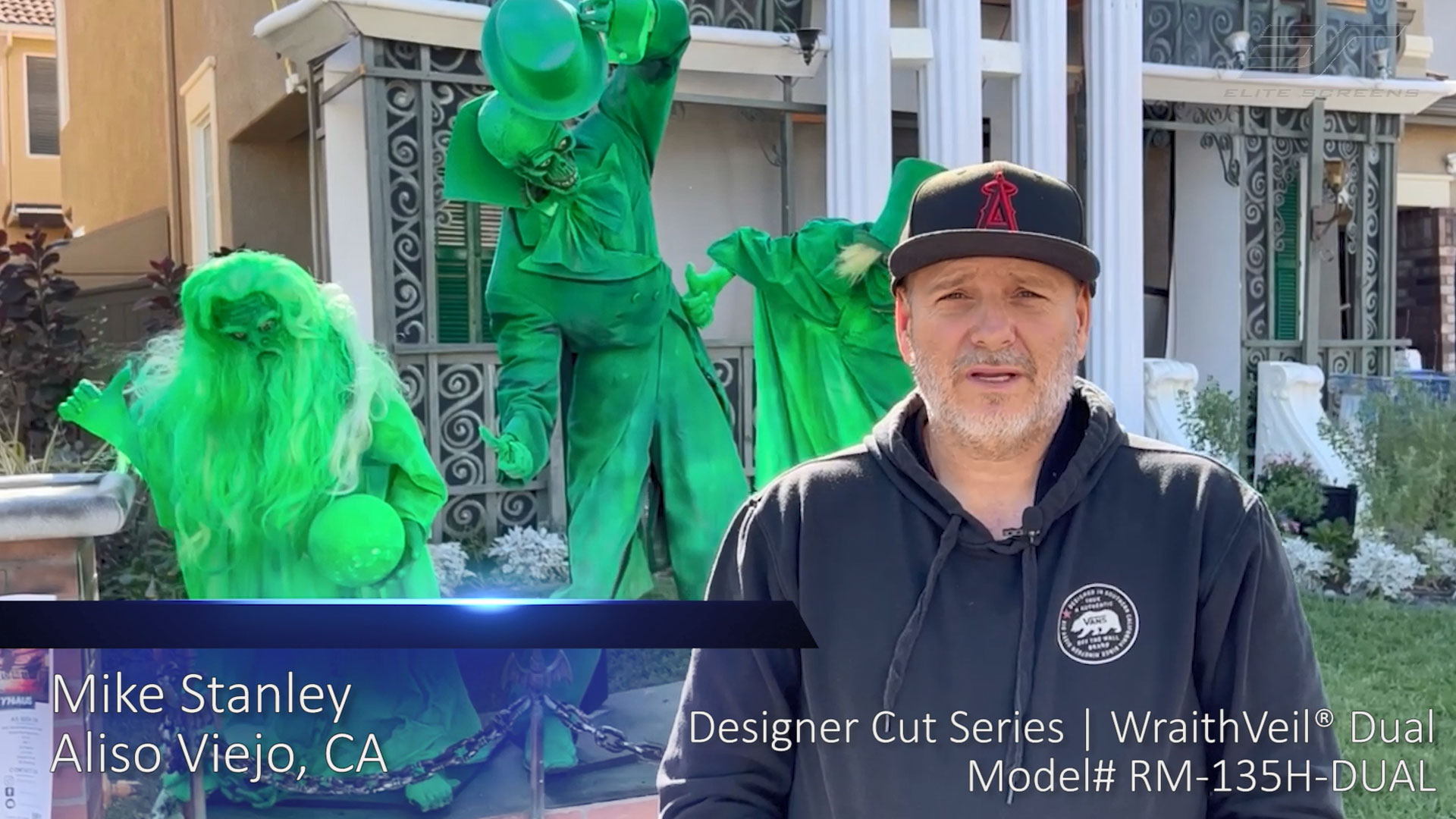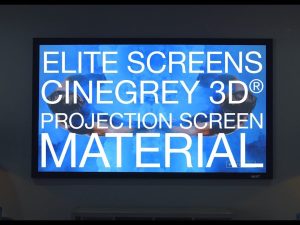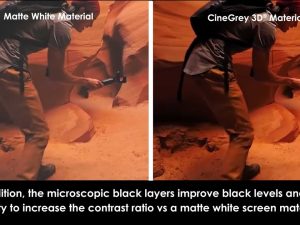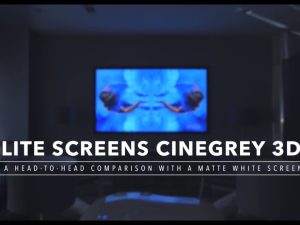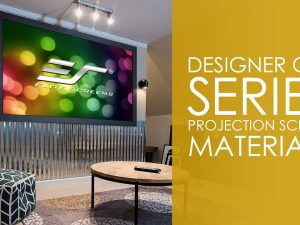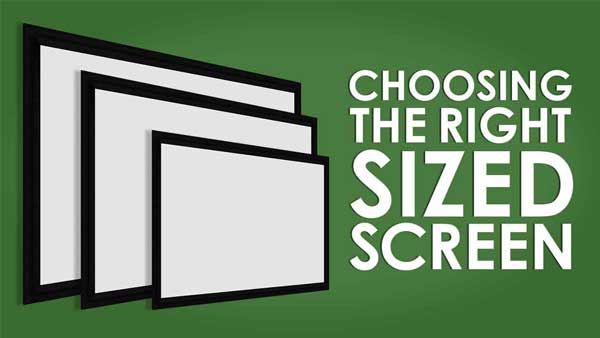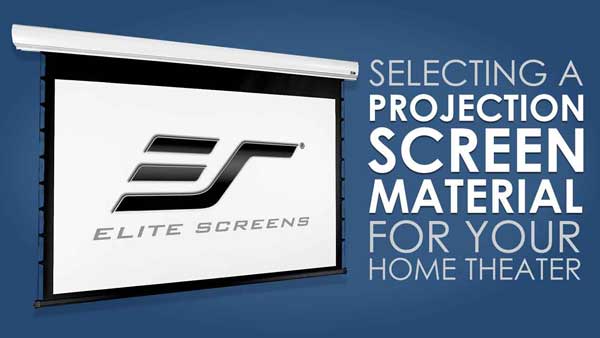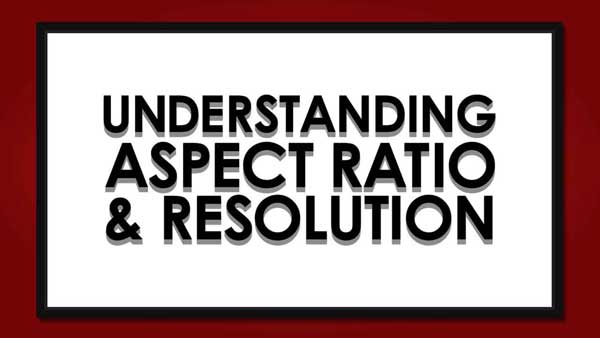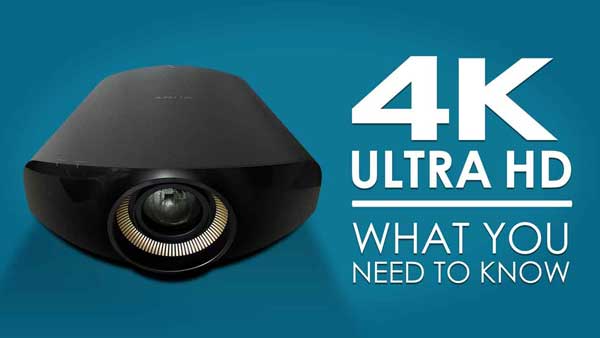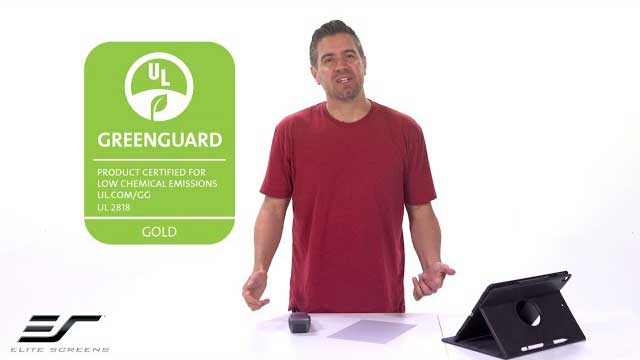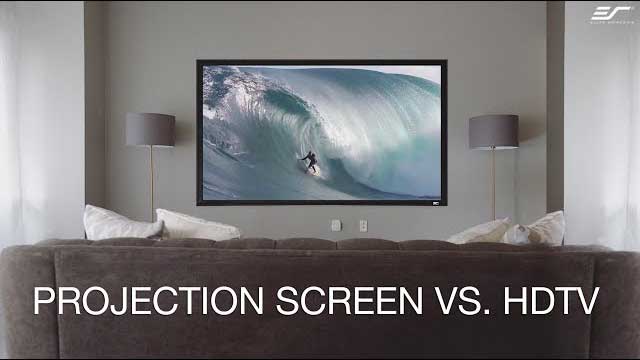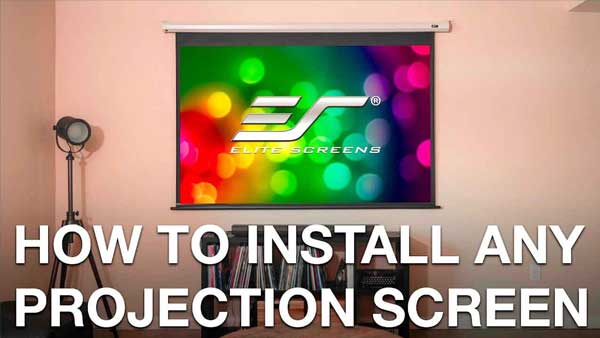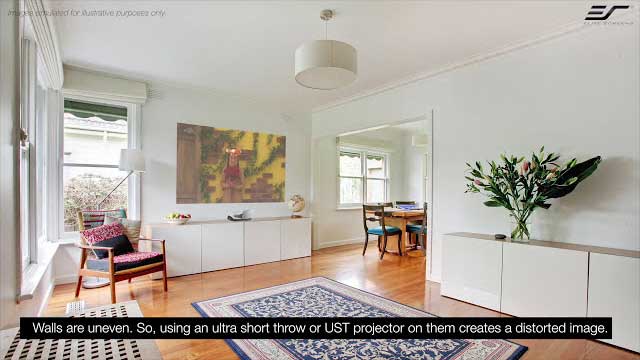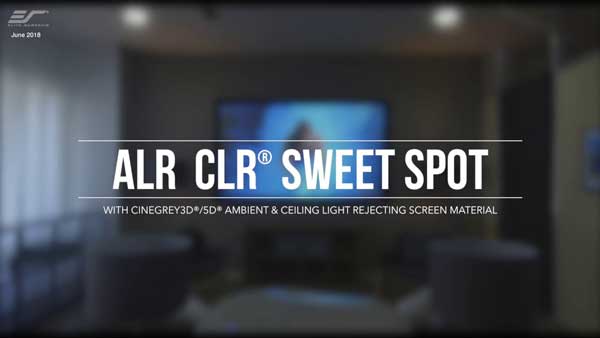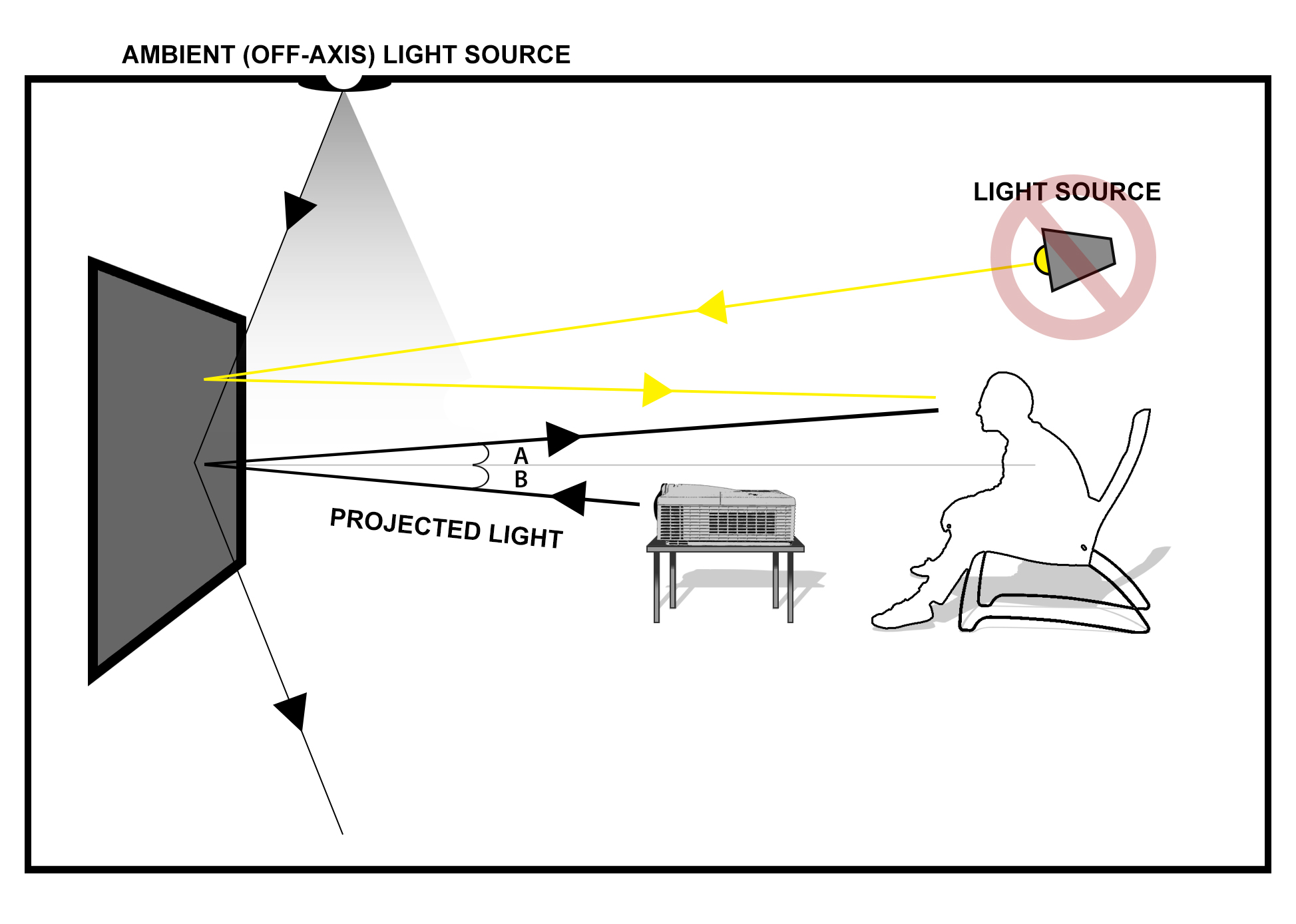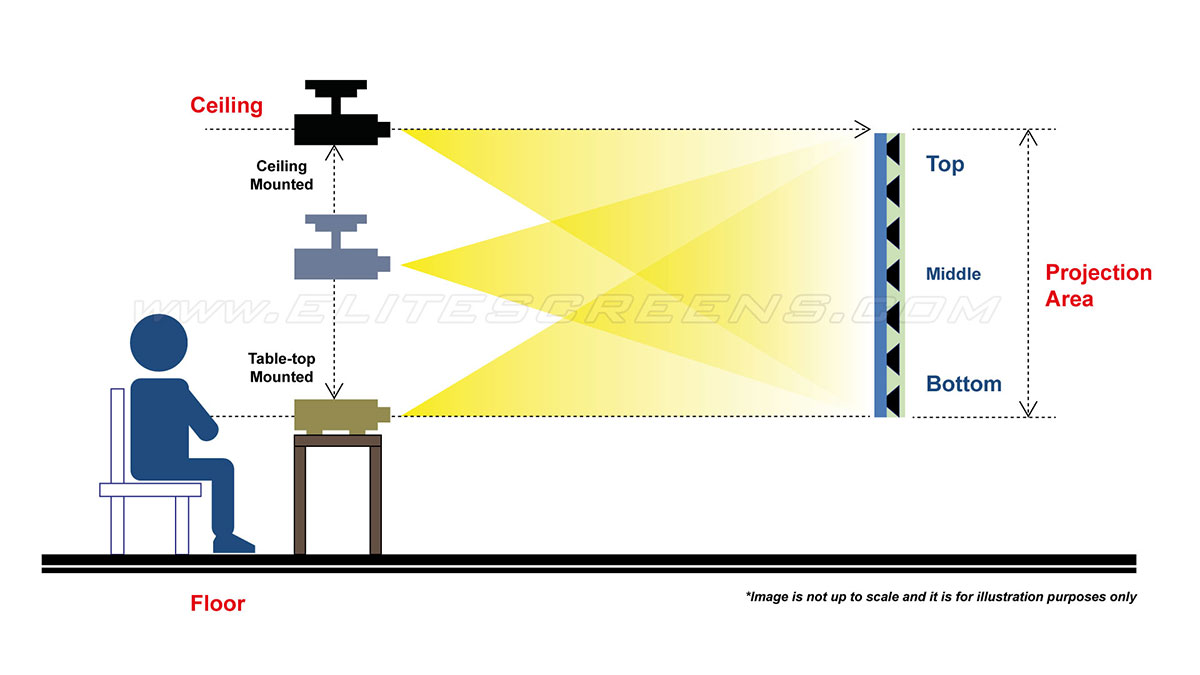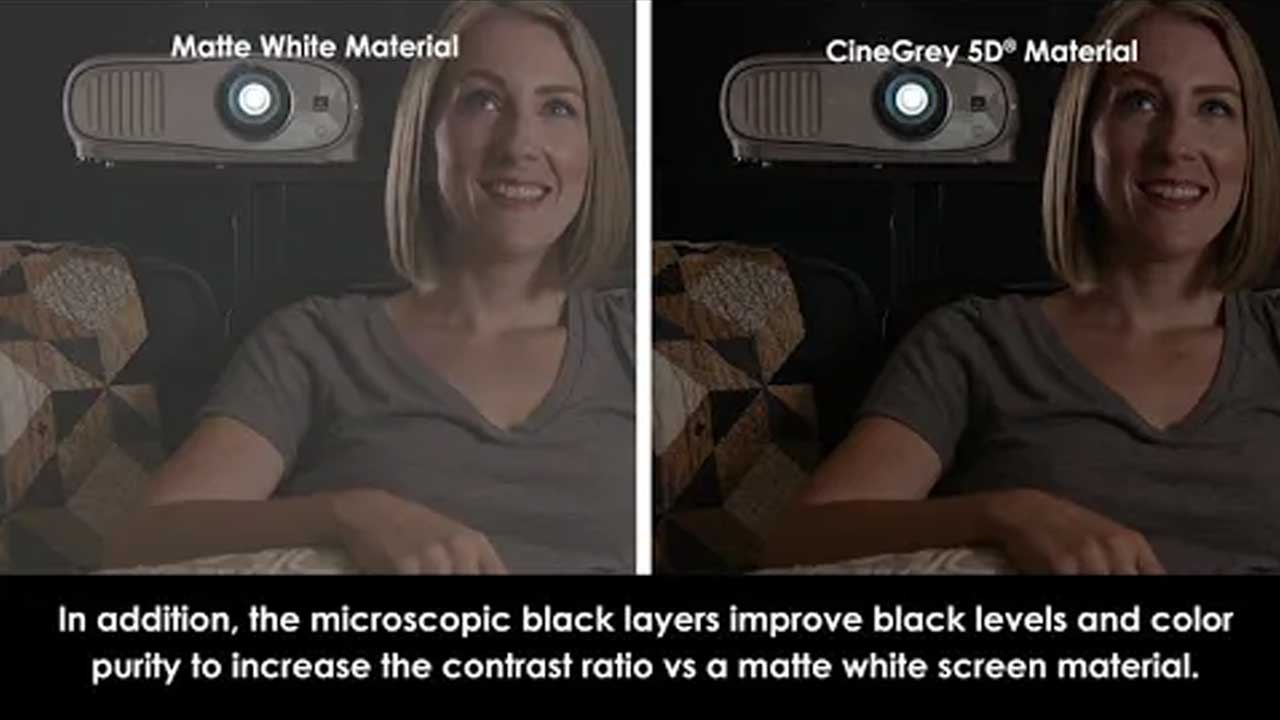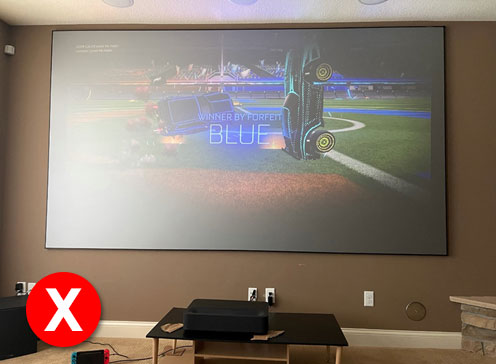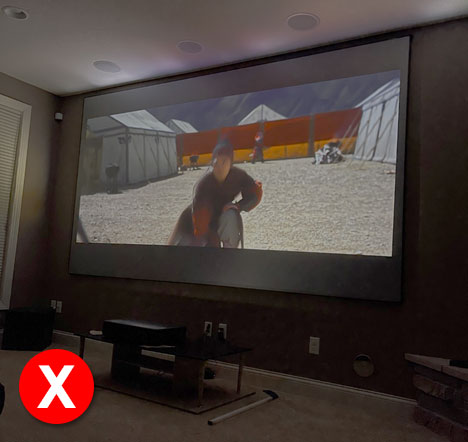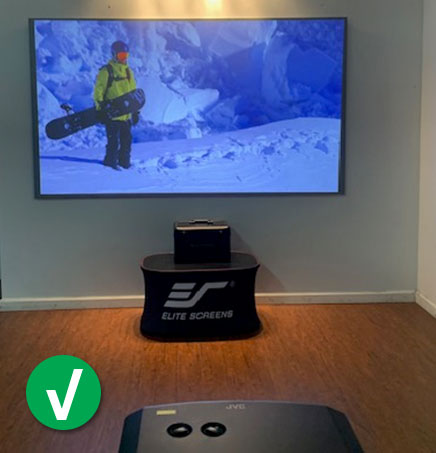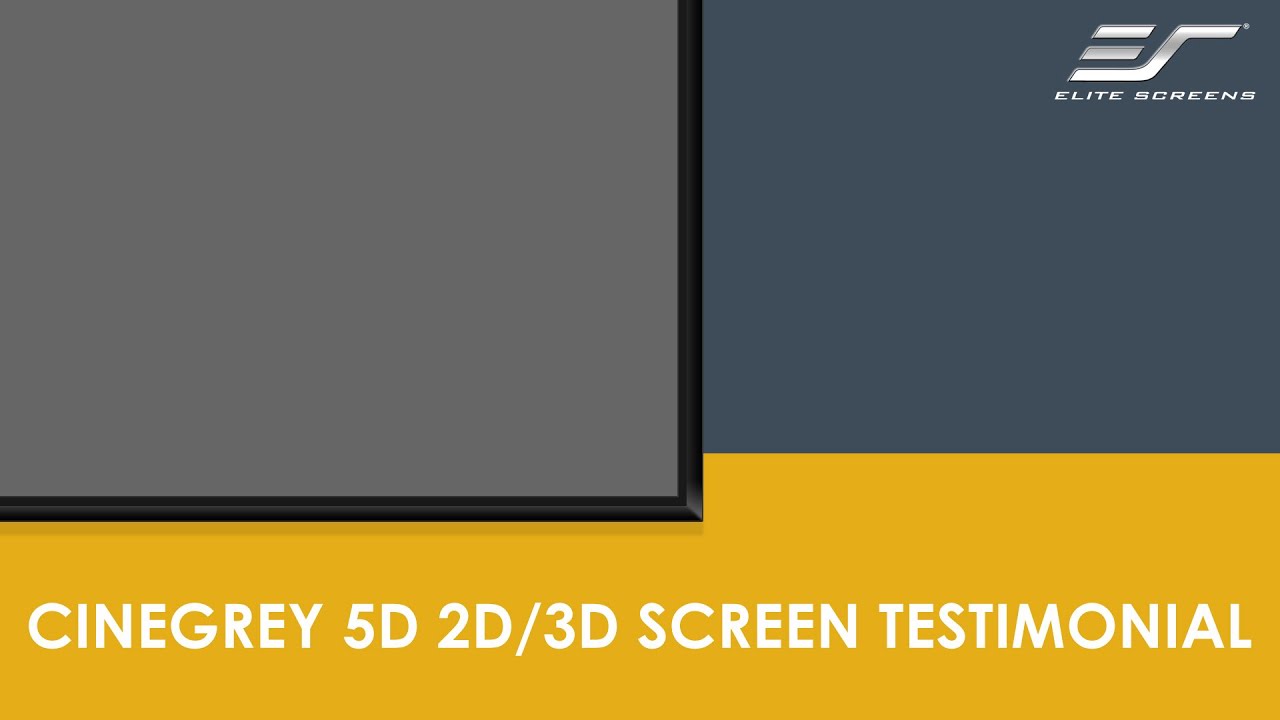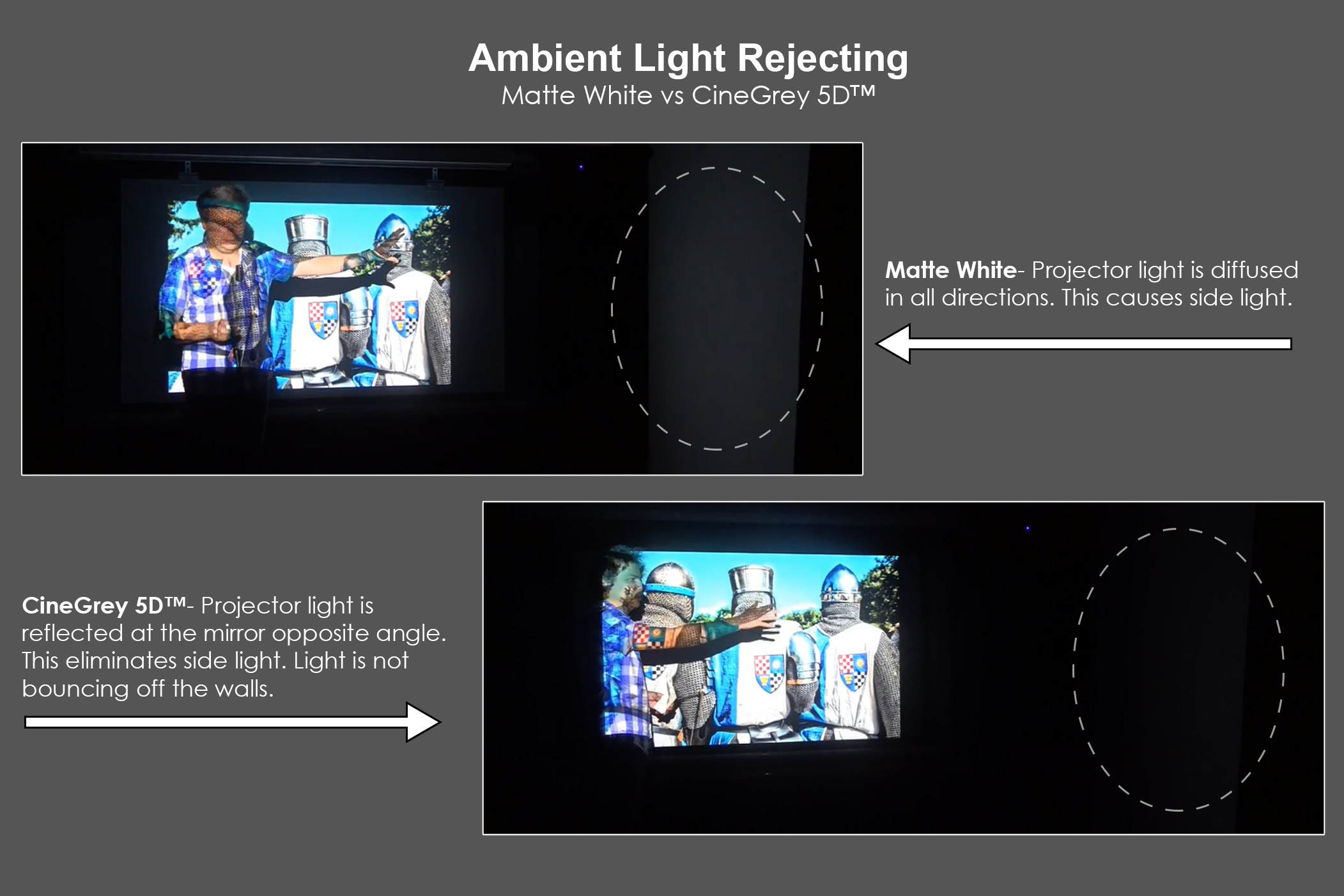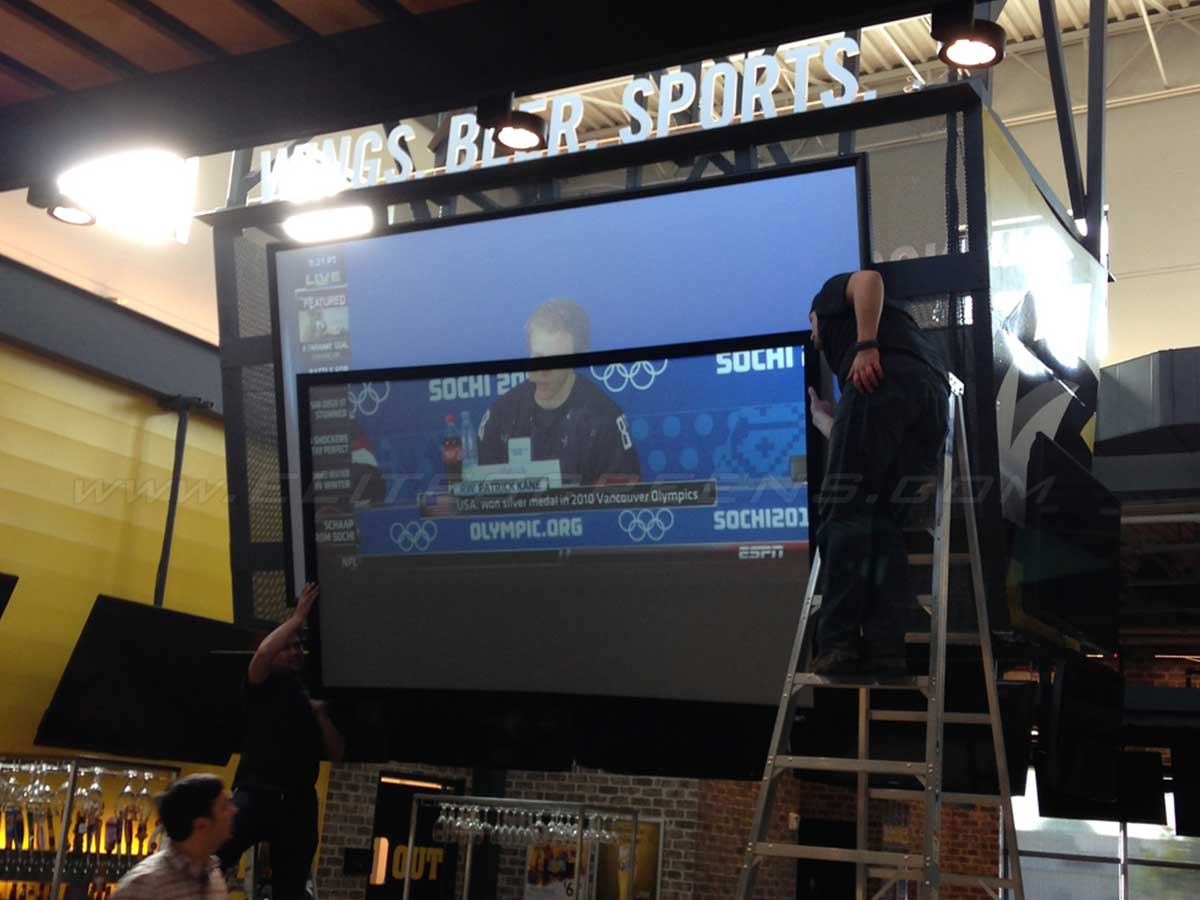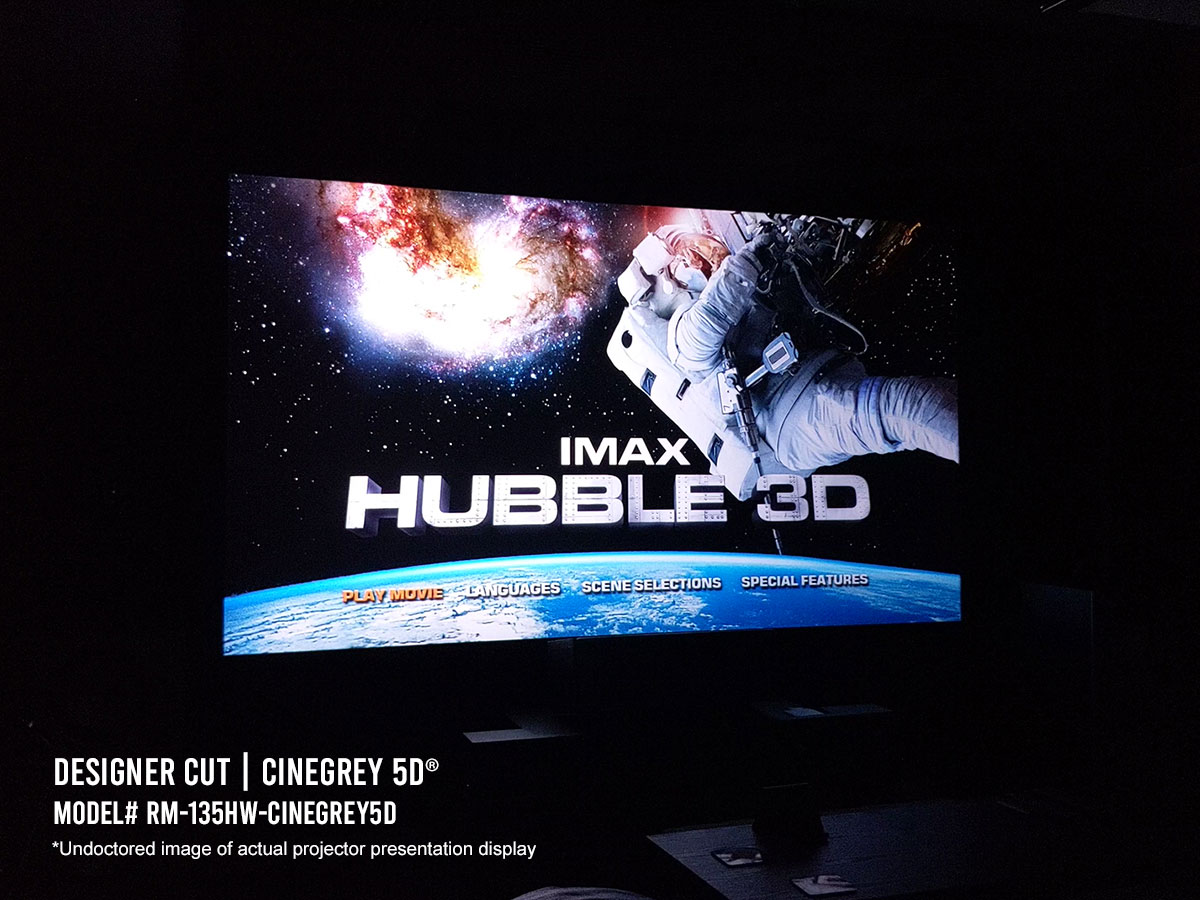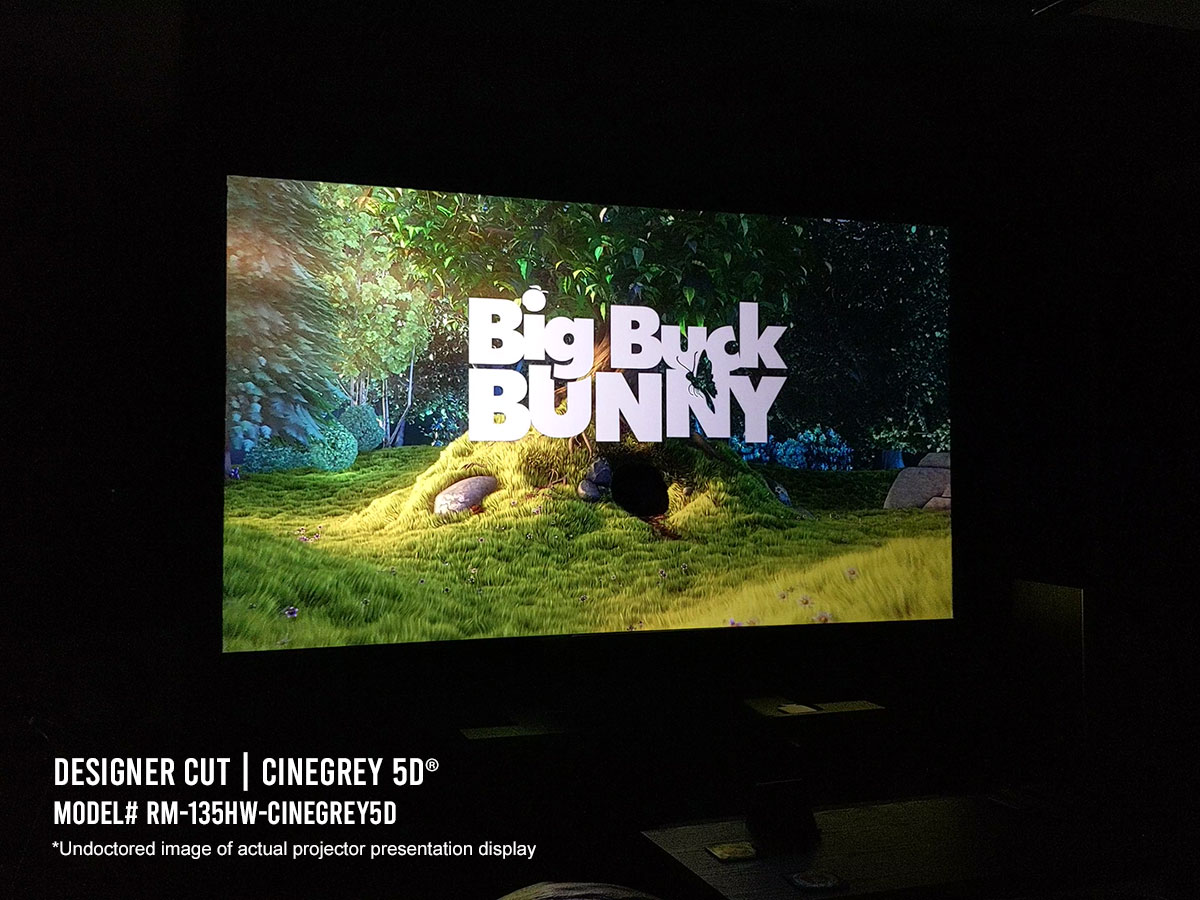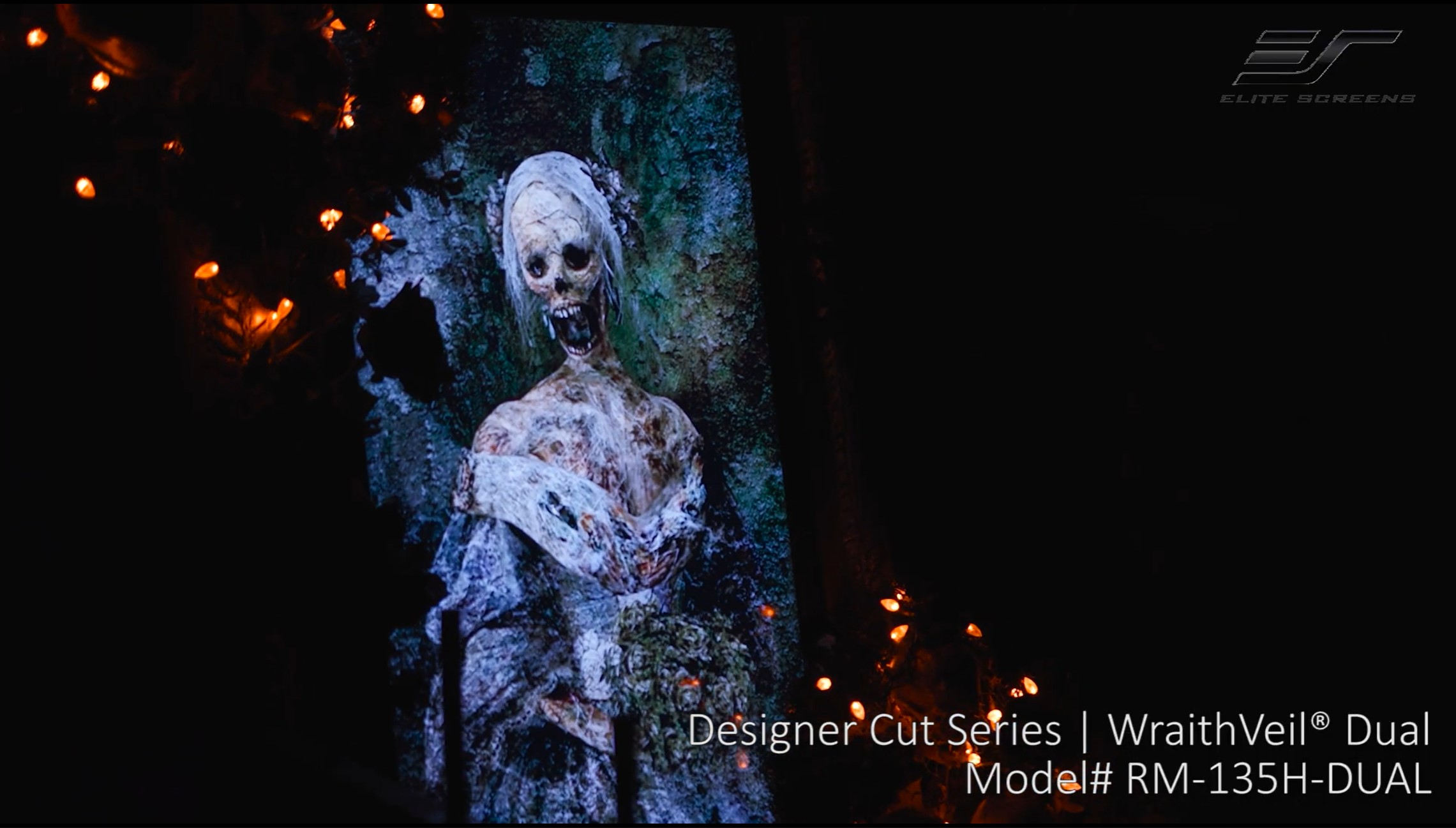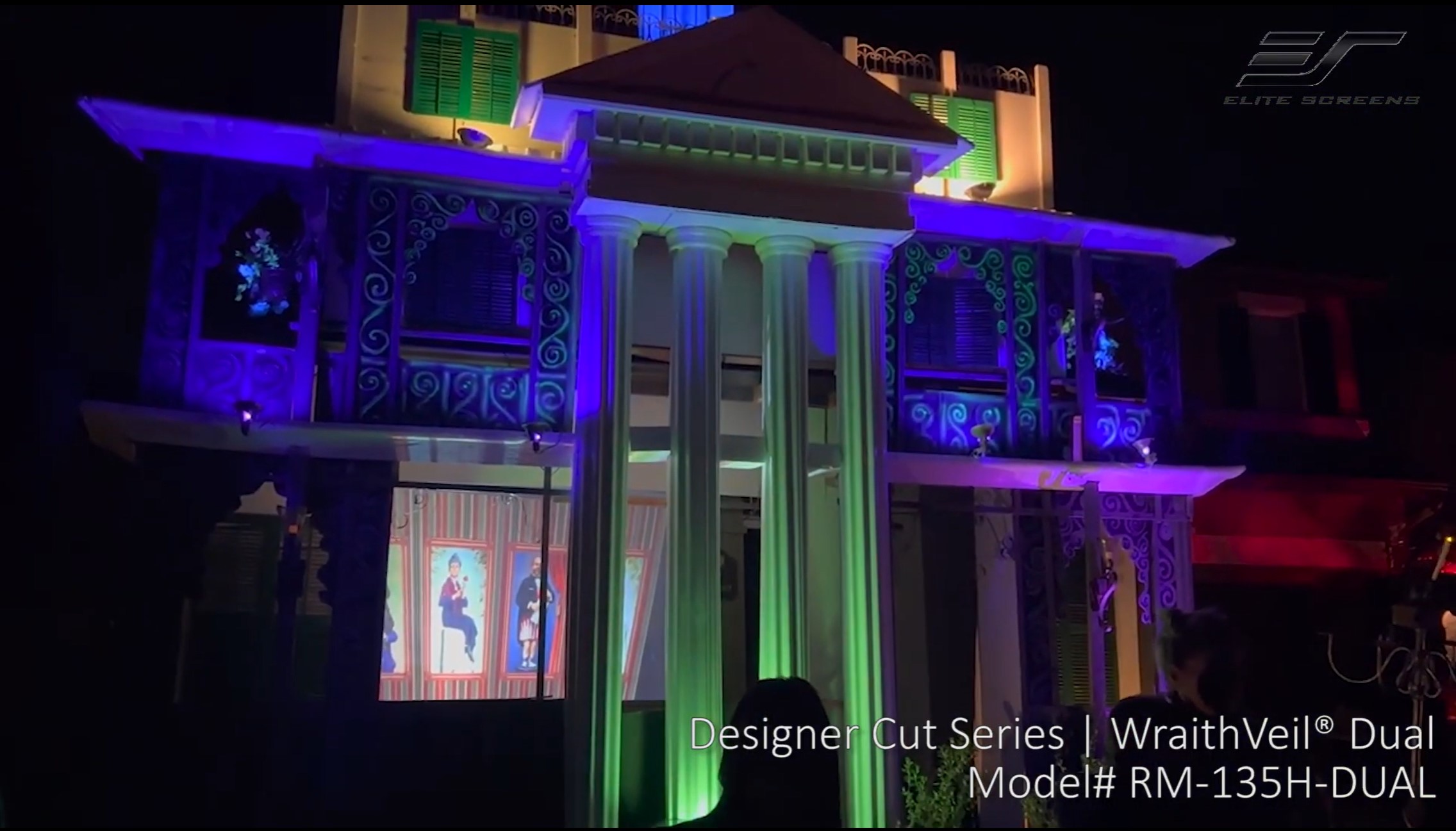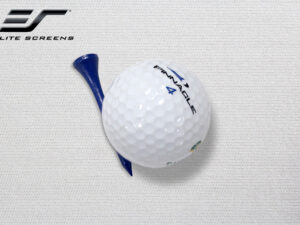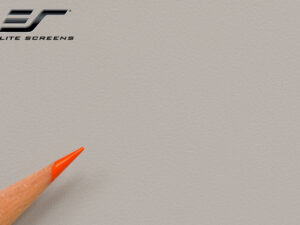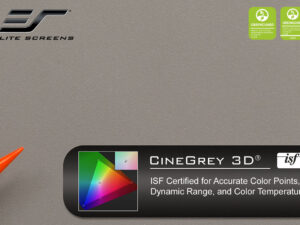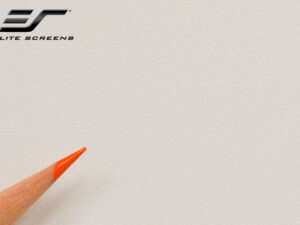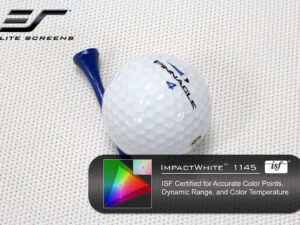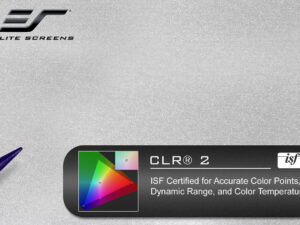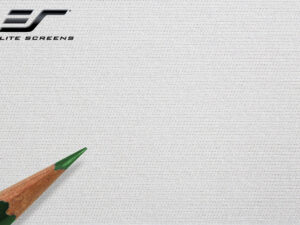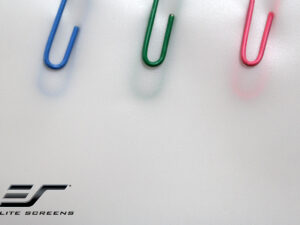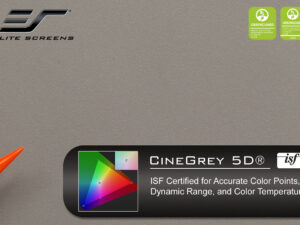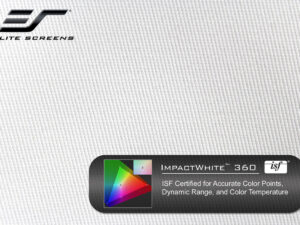Pre-cut Projection Screen Material Swatches
Designer Cut Series
The Designer Cut Series is Elite Screens selection of pre-cut projection screen material swatches. The swatches are prepared for use in custom solutions and other improvised installations according to the integrator’s needs.
*We consider our impact screens a wearable item and the life of them will vary according to their use. Avoid using golf balls with scuffs or markings to maximize the life of the screen. If possible, use new golf balls. Some creasing may occur but may be removed with a steamer and/or light ironing set to no higher than Polyester.
| Product Weight | N/A |
|---|---|
| Overall Dims | N/A |
Screen Material Options
- A4K, ultra-fine knitted smooth screen surface that offers excellent audio transparency
- CineWhite® tensioned matte white, 1.1 gain – (For light-controlled room home cinema 1080P/4K projectors)
- CineWhite® UHD-B ISF certified matte white, 1.3 gain – (For light-controlled room home cinema 1080P/4K projectors)
- CineWhite® A8K ISF certified multi-layer knitted weave material, acoustically transparent, 1.1 gain – (For light-controlled room home cinema 4K/8K projectors)
- CineGrey, High Contrast Gray Material, 1.0 gain – For improved contrast ratio and black levels
- CineGrey 5D®, ambient light rejecting ISF certified, 1.5 gain (For light-controlled room or ambient light room home cinema 1080P/4K projectors)
- Angular Reflective Material for Standard “Long” Throw Projectors. (NOT Compatible with Ultra/Short Throw Projectors)
- CineGrey 3D®, ambient light rejecting ISF certified, 1.2 gain (For light-controlled room or ambient light room home cinema 1080P/4K projectors)
- Angular Reflective Material for Standard “Long” Throw Projectors. (NOT Compatible with Ultra/Short Throw Projectors)
- CineGrey 4D AT, Acoustically Transparent front projection Ceiling Ambient Light Rejecting (ALR/CLR®) material, ISF certified,1.1 gain.
- Angular Reflective Material for Standard “Long” Throw Projectors. (NOT Compatible with Ultra/Short Throw Projectors)
- ImpactWhite® A4K, single layer ultra-fine projection fabric designed to withstand impact from sport simulations. (Recommended for short throw projectors)
- ImpactWhite® 1145 ISF certified multi-layer knitted material to withstand impact from sport simulations. (Recommended for short throw projectors)
- ImpactWhite® 360 ISF certified single-layer tightly woven screen fabric designed to endure golf ball impact and longevity. (Recommended for short throw projectors)
- WraithVeil® Dual, transparent 2-directional material, 0.8 Gain – (For light-controlled room home cinema 1080P/4K projectors)
Design and Installation
- Pre-cut materials for custom sized architectural or DIY projects
- Rolled material helps maintain a flat and wrinkle-free viewing surface (ImpactWhite® 1145 and 360 materials are folded in small box packaging)
- Stretches over a standard or designer made framework
- High-end, industry grade projection materials
- 4K Ultra HD, Active 3D, and HDR Ready
Quality and Reliability
- 2-year limited warranty, and 3-year warranty for ENR-G – Education, Non-profit, Religious and Government/Military organizations
- Lifetime Tech Support by Elite Screens Professional Service Team through Email, Phone or Online Form.
To learn more, click here to visit our general screen materials section.
Click here for a comparison chart of Designer Cut Materials.
Dimensions Tables
Material Sheets
- AcousticPro 1080P3 Material Sheet (PDF)
- A4K Material Sheet (PDF)
- CineWhite® Material Sheet (PDF)
- CineWhite® A8K Material Sheet (PDF)
- CineWhite® UHD-B Material Sheet (PDF)
- CineGrey Material Sheet (PDF)
- CineGrey 3D® Material Sheet (PDF)
- CineGrey 5D® Material Sheet (PDF)
- CineGrey 4D AT Material Sheet
- CLR® 2 Material Sheet (PDF)
- ImpactWhite® A4K Material Sheet (PDF)
- ImpactWhite® 360 Material Sheet (PDF)
- ImpactWhite® 1145 Material Sheet (PDF)
- WraithVeil® Dual Material Sheet (PDF)
User Guides
- User Guide – AcousticPro 1080P3
- User Guide – A4K
- User Guide – CineGrey
- User Guide – CineWhite®
- User Guide – CineWhite® A8K
- User Guide – CineWhite® UHD-B
- User Guide – CLR® 2
- User Guide – CineGrey 3D®
- User Guide – CineGrey 4D AT
- User Guide – CineGrey 5D®
- User Guide – ImpactWhite™ 360
- User Guide – ImpactWhite™ 1145
- User Guide – ImpactWhite™ A4K
- User Guide – WraithVeil® Dual
Comparison Tables
- Designer Cut Series Materials Comparison
- Designer Cut Series ImpactWhite® Materials Comparison
- CLR®/ALR Materials Comparison
- Acoustic Transparent Materials
- All Screen Materials
Others
Lifestyle Gallery
Undoctored image of actual projector presentation
2-year limited warranty, and 3-year warranty for ENR-G – Education, Non-profit, Religious and Government/Military organizations
Lifetime Tech Support by Elite Screens Professional Service Team through Email, Phone or Online Form.

